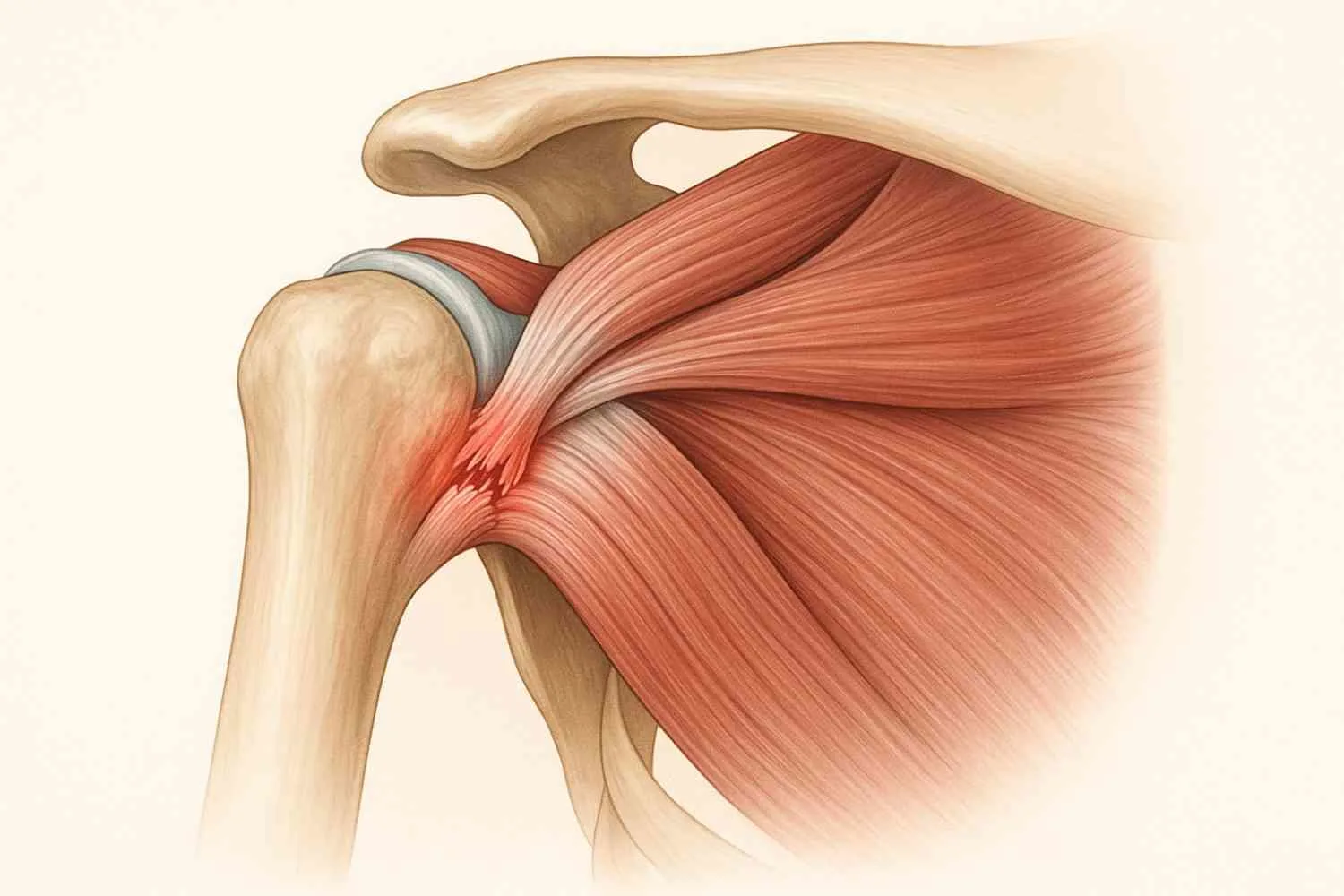
Frequently Asked Questions
It's damage to the shoulder tendons/muscles that stabilize and move your shoulder joint.
Pain, weakness, limited range of motion, and difficulty sleeping on the affected side.
Through physical exams and imaging tests like X-rays, ultrasound, or MRI.
Yes, many minor tears recover with physiotherapy and rest.
Between 6 weeks to 6 months, depending on severity.
Pendulum swings, resistance band rotations, and wall slides.
Overuse, aging, trauma, poor posture, or weak shoulder muscles.
No, most recover fully with timely treatment.
It may worsen over time, leading to chronic pain or joint degeneration.
Yes, in most mild to moderate cases.
Tendinitis is inflammation; a tear is structural damage.
Yes, especially in sports involving overhead movement.
Warm up, maintain posture, avoid overuse, and strengthen your shoulders.
Arthroscopic repair, mini-open repair, or shoulder replacement.
Varies widely, ranging from ₹50,000 to ₹1.5 lakhs depending on the hospital.
If pain persists beyond two weeks or follows an injury
Yes, lying on the affected side can aggravate pain.
With physiotherapist-guided strengthening and mobility exercises.
Inability to lift the arm, constant pain, and visible muscle wasting.
Protein-rich foods, omega-3s, vitamin C, and collagen supplements.
Comments (0)
Add comment





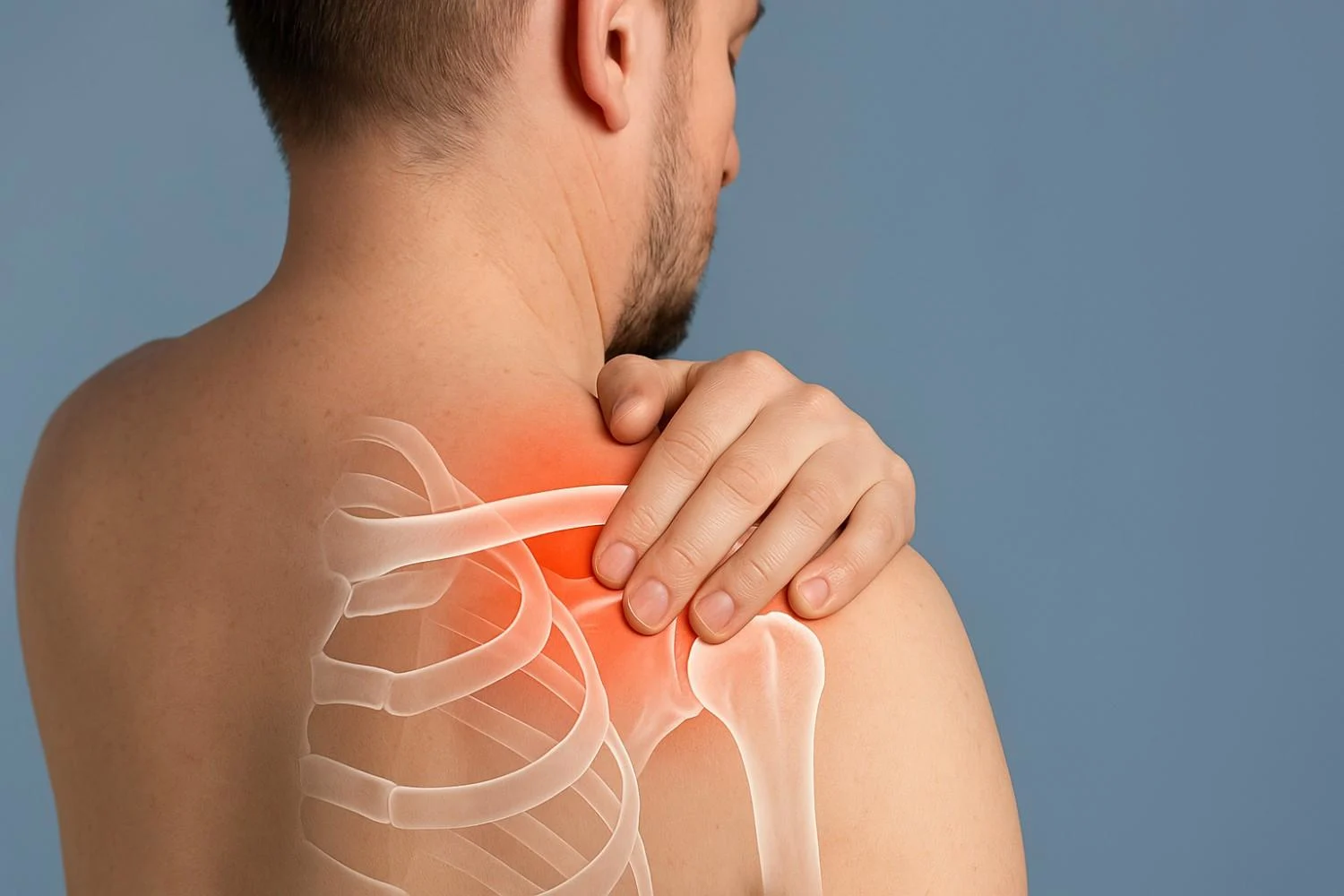


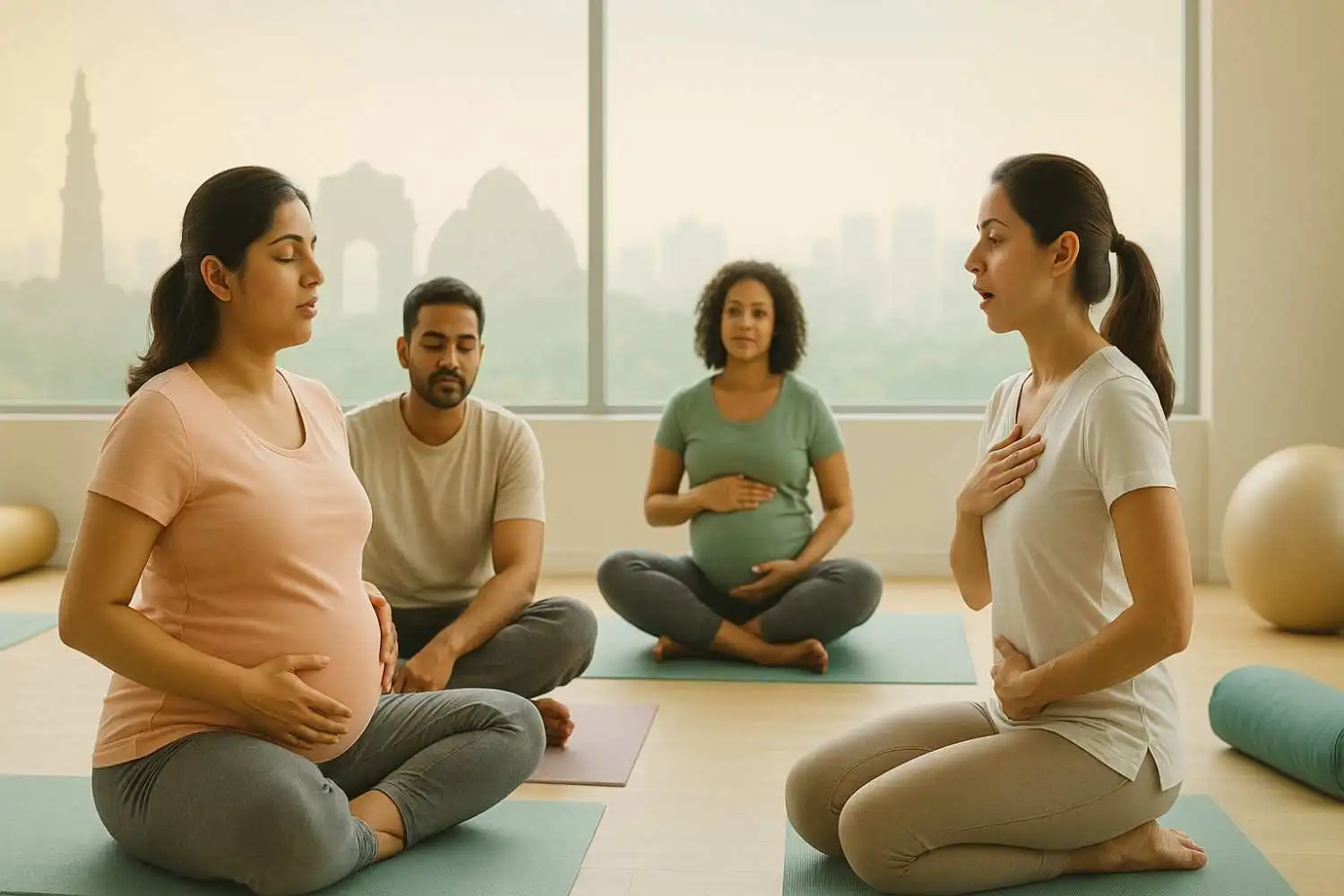
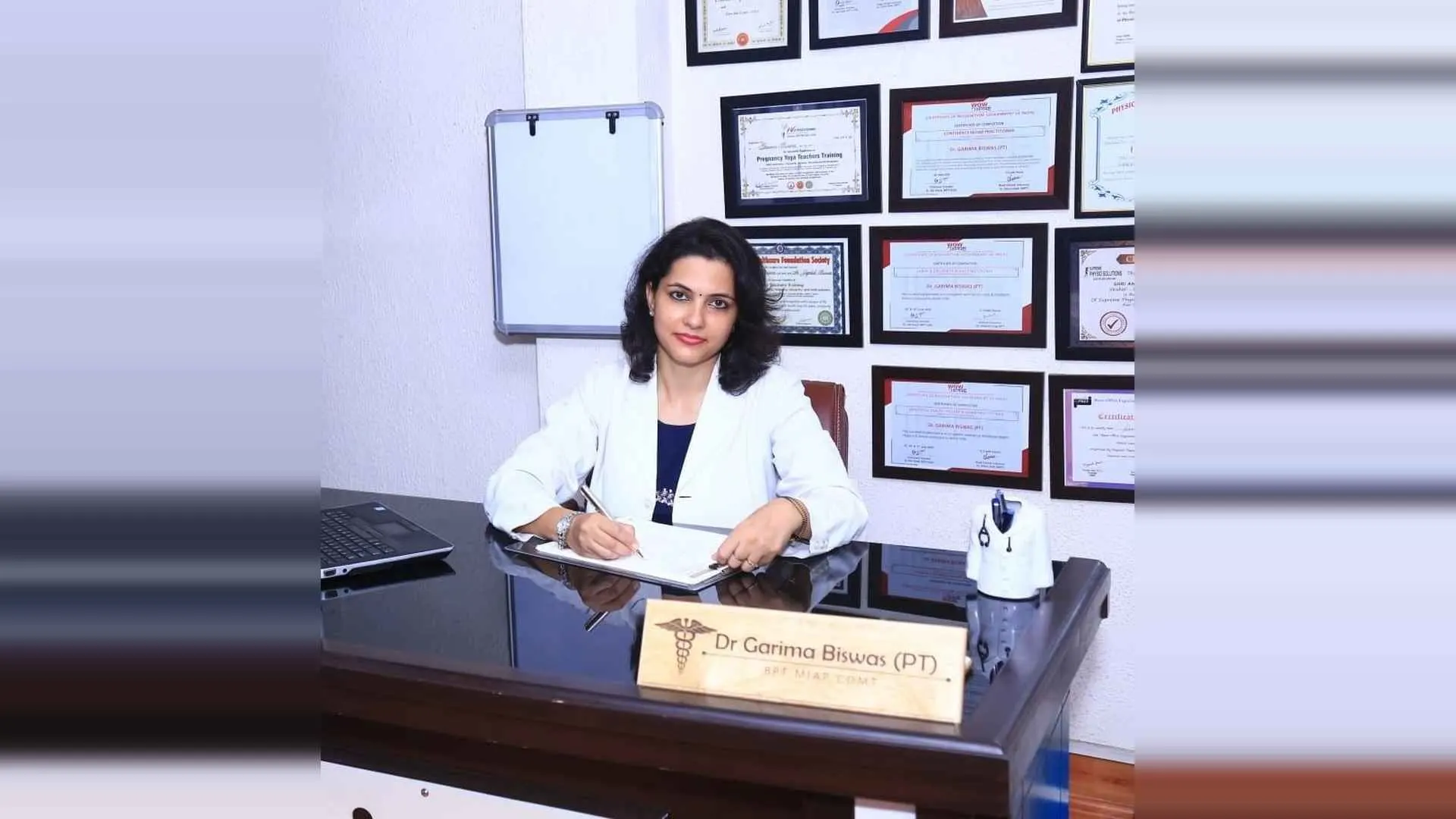
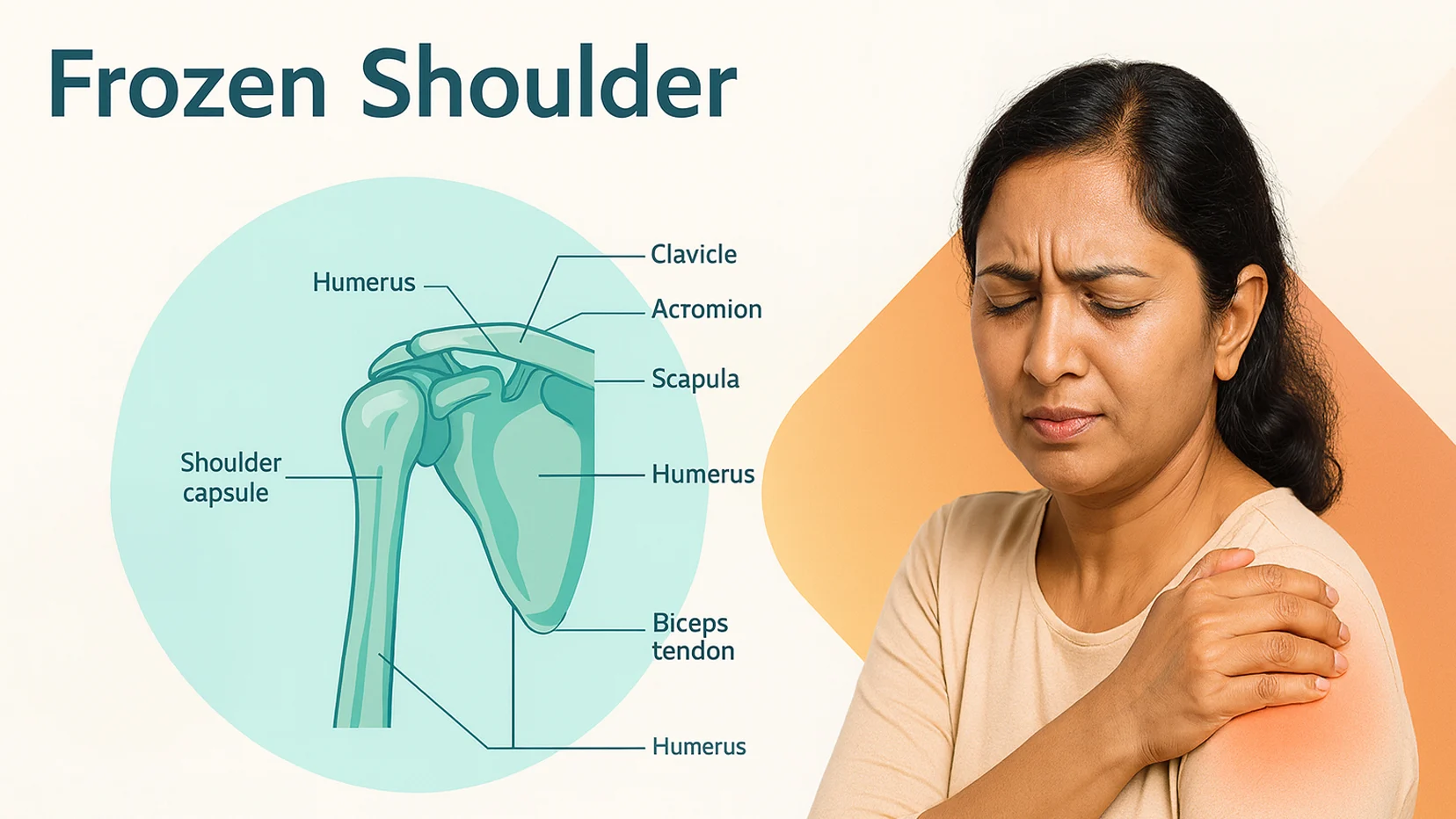


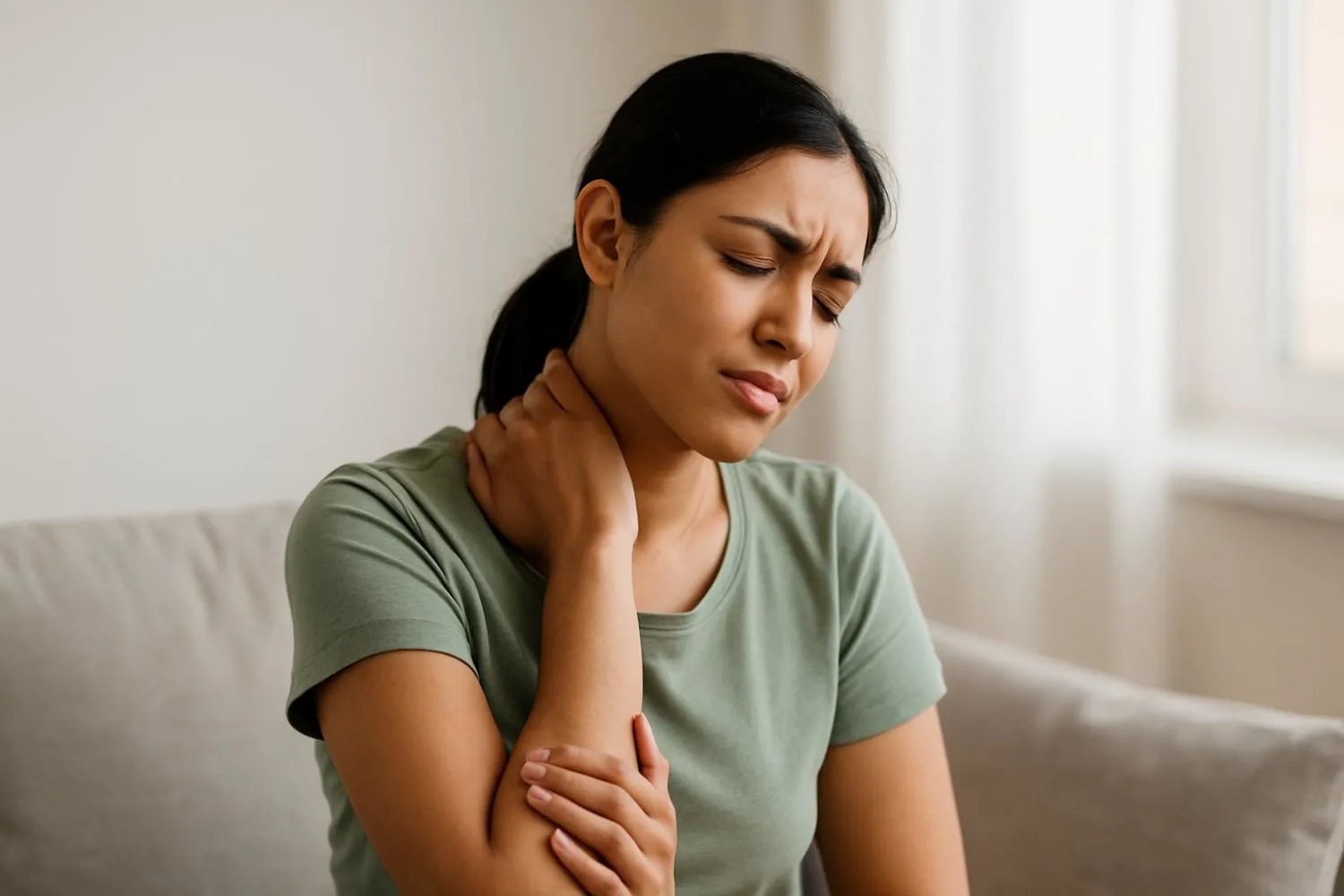
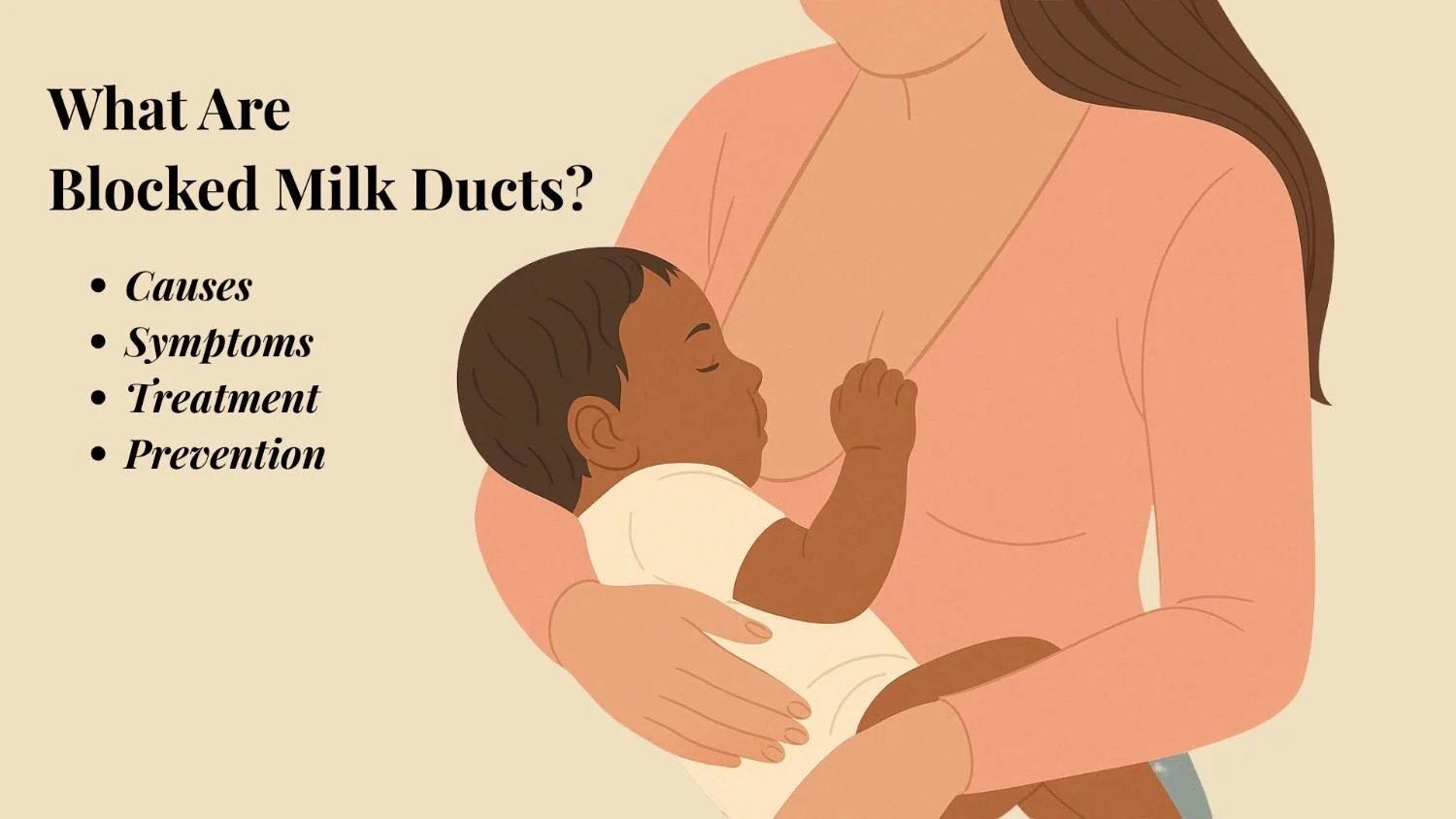
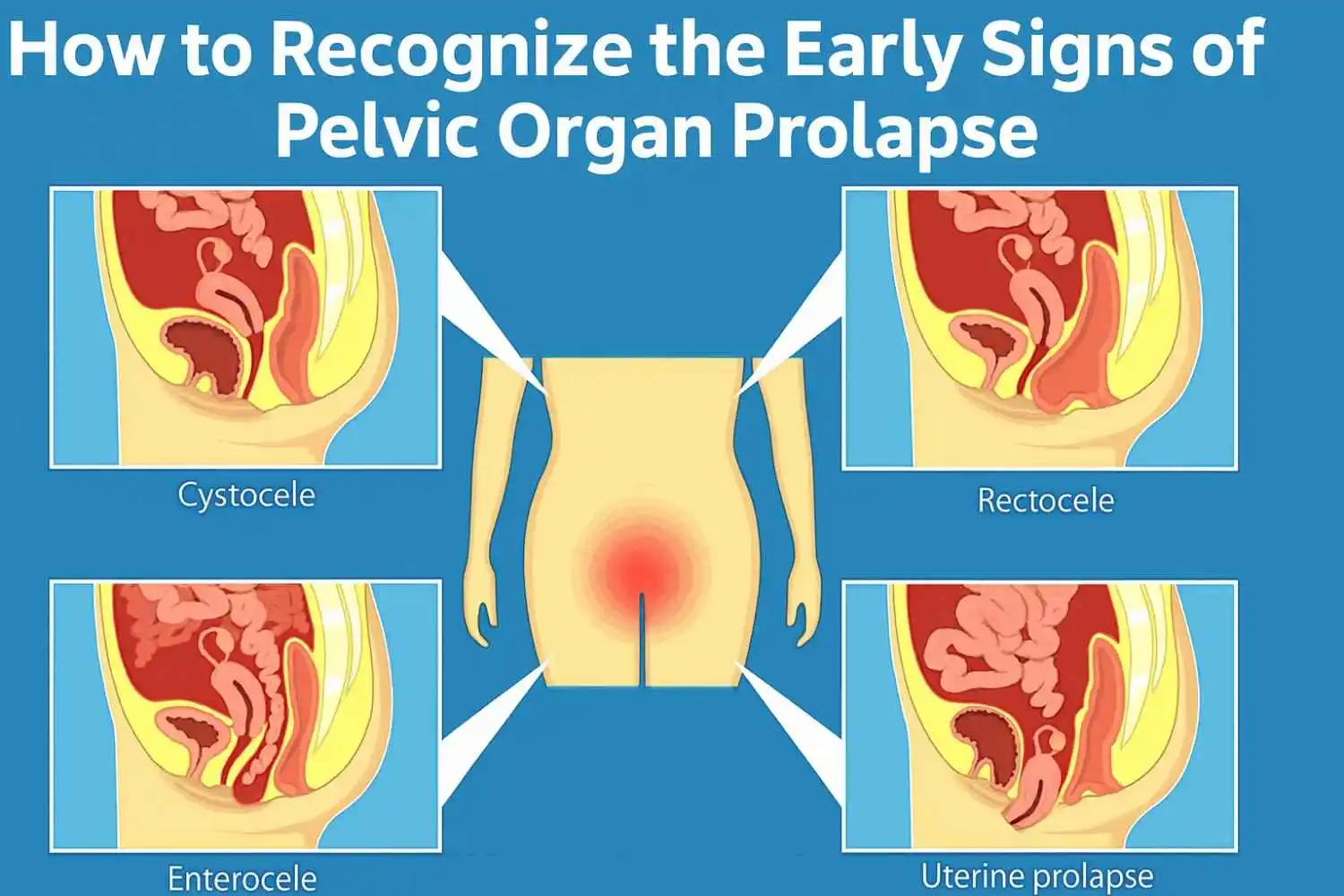
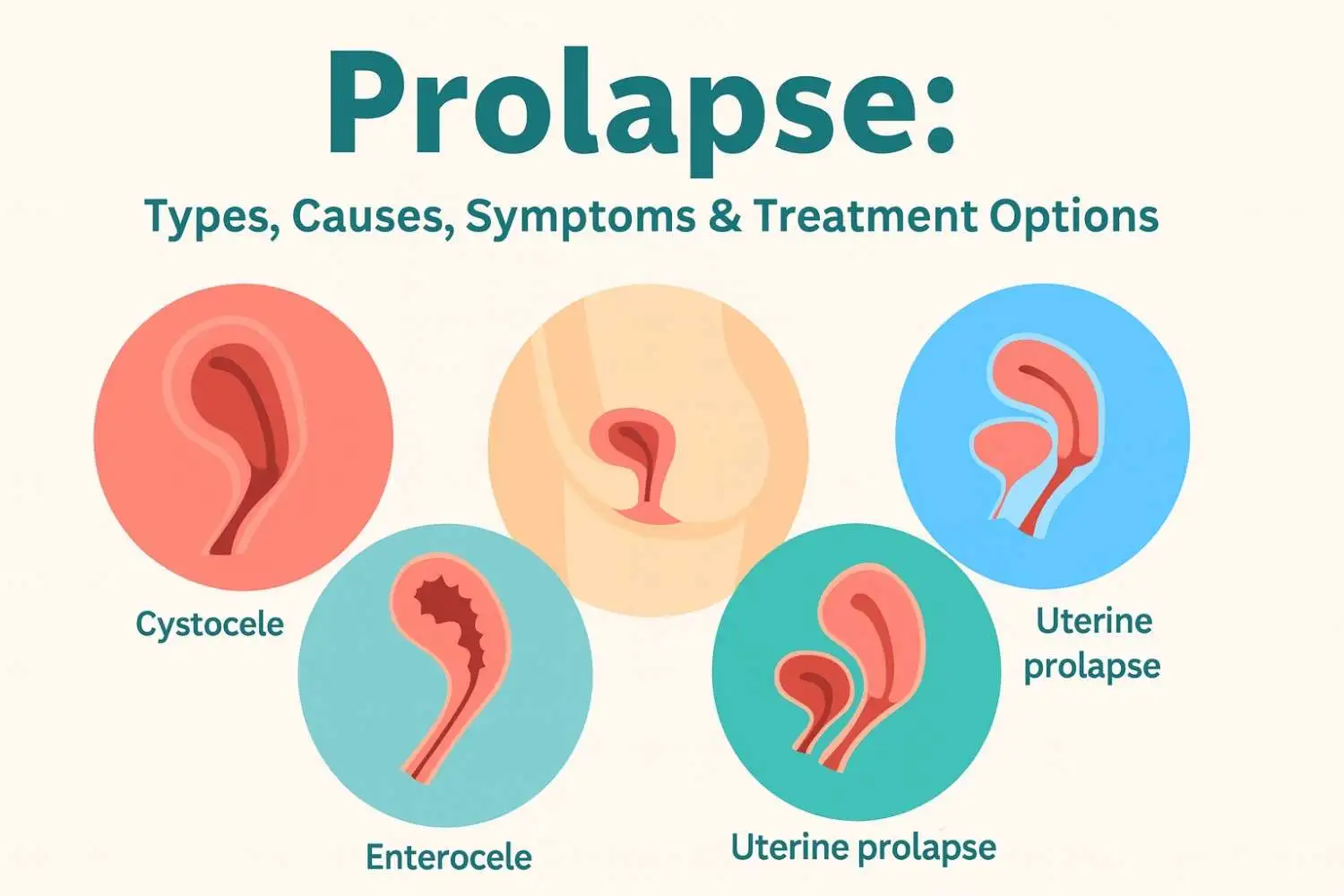









.webp)





.jpg)
































